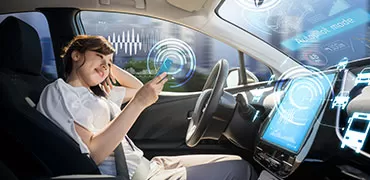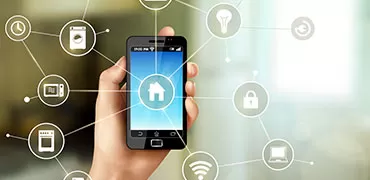Future Engineering
5G Technology
Ride the 5G Network Software, The Next-Gen Wireless Tech
Establishing prevalent communication among people and devices through 5G Technology Development
Considering the new generation of mobile connectivity, the fifth generation of a wireless cellular connection, better known as 5G network technology, is a compendium of 5G network software that will offer fast speed, reduced latency, and reliable connections on smartphones and other mobile devices.
5G Technology Service is the fifth generation of cellular network wireless technology, which together with other network innovations will give us much faster and more stable wireless networking, as well as the ability to connect more and more devices and enable varied streams of data. 5G network technology is the main pillar of our smarter and more connected world. 5G Technology Services Increase the coverage and bandwidth and make way for more possibilities from email to web browsing, location-enabled services, and real-time video streaming.
5G business solutions will empower not just greater speeds but will also be able to connect far more devices within a geographical area.
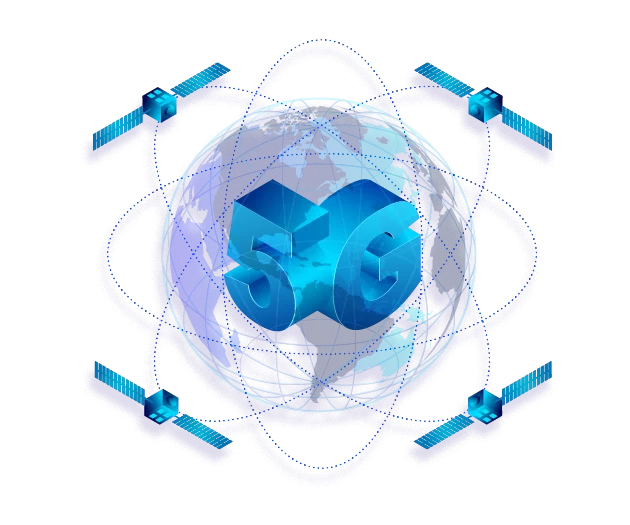
It is anticipated that by 2025, 1.5 billion users will adapt to 5G business solutions.
The market opportunity for 5G Products & Solutions here is immense and we are at the forefront of 5G Design Solutions & 5G Technology. We are focusing on 5G Technology Services and ensure that the current 5G network applications are future-ready once the necessary infrastructure is in place.
What We Do
The Current 5g network technology Scenario
Businesses across the world still face challenges like the spectrum needs to be opened to different countries. For now, only large players like Ericsson, Nokia, and NTT, and operators like Verizon, AT&T, etc. have implemented the 5G network as a service. South Korea is the first country in the world to have adopted the 5G network as a service to its full potential. The cost of upgrades is still very high for telecom operators.
Our Future Tech 5G Service Approach
We create business models and value proposition models to help our customers decide the viability of 5G business solutions adaption and provide 5G Services and Solutions for architectural and platform innovation that needs to be done to allow full utilisation of the 5G network technology. We focus highly on the operational complexities that need to be worked out in 5G Enterprise Network Solutions.
Future Tech 5G Service Initiatives
Moving into the future Tech 5G Service, the 5g network software deployment parameters and training the technical teams on the 5G network will become key for us as network layout design, software architecture design and customer experience will almost need to merge and provide a stronger combined and effective offering.
Industry Use Cases
Insights

FiveG Technology
5G Products & Solutions in 2023 & Beyond– What Should we expect from 5g network software?
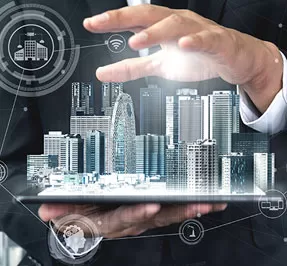
FiveG Technology
Industry Digitization will be Top Opportunity for 5G business solutions
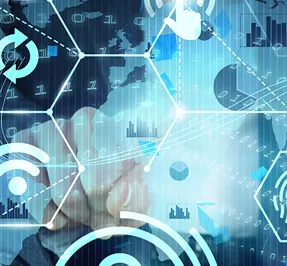
FiveG Technology
Everything You Need to Know About 5G network as a service
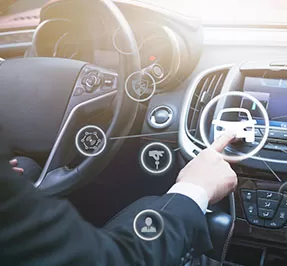
FiveG Technology
How Automotive and Technology Experts See the Future of Connected Vehicles through Future Tech 5G Service
INDUSTRIES
PLATFORMS
SERVICES
CONSULTING
- AlvariumTM - Design Led ConsultingOpens a new window
- Digital Marketing Services
- Automotive Aftermarket
- Digital Logistics
- Remote Engineering
